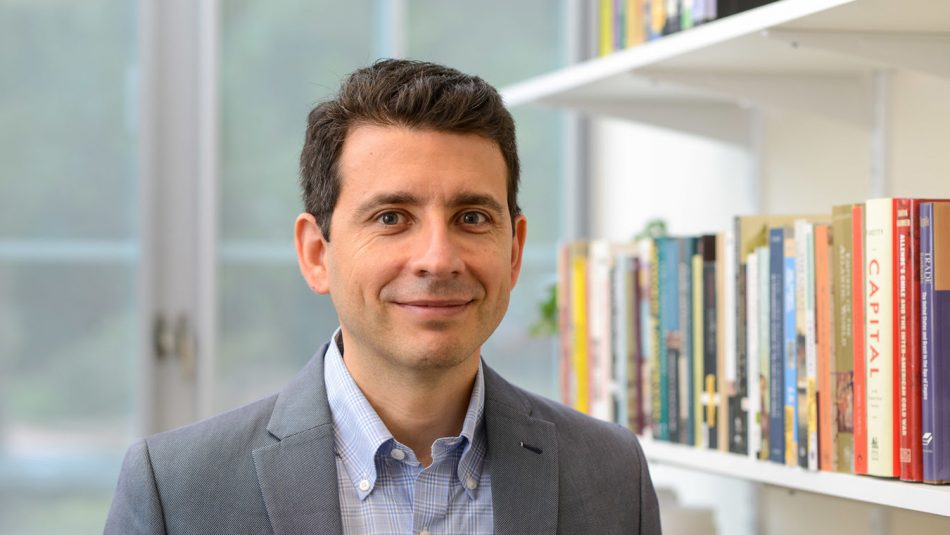Visual Narrative Frederico Freitas
Associate Professor, History
Frederico Freitas joined NC State in August 2016 as a Chancellor’s Faculty Excellence Program cluster hire in Visual Narrative. Freitas, an assistant professor in the Department of History, teaches courses on Latin American history in the nineteenth and twentieth centuries, and on the theory and methods of digital history. He also plans to introduce courses on spatial history and history of Brazil. His academic interests include modern environmental history, policymaking and state formation, transnational and borderlands history, animal studies, as well as historical GIS, network analysis, design and visualization.
Freitas’ research revolves around the history of Latin America, particularly Brazil, in the nineteenth and twentieth centuries. He focuses on the intersection between environment and society, with a particular interest in the spatial and social implications of environmental policies. Currently, he is working on a book on the environmental history of the border between Brazil and Argentina in the twentieth century, and the creation of the iconic national parks of Iguaçu (in Brazil) and Iguazú (in Argentina), two of the oldest and most visited protected areas in Latin America. He also leads a project with colleagues from Stanford University and the University of Maryland on the spatial history of nineteenth-century Rio de Janeiro.
A native of São Paulo, Brazil, Freitas worked for years as an art director doing graphic design and motion graphics. He had always been interested in history and geography, which led me to earn a bachelor’s degree in history at University of São Paulo in 2008. His engagement with both historical inquiry and visual communication brought him to pursue graduate education in digital humanities. He moved to the United States to earn a master’s degree and a doctorate in Latin American History at Stanford University – in 2011 and 2016, respectively – where he used his skills as an art director to explore new visual forms of historical narratives through digital media.

